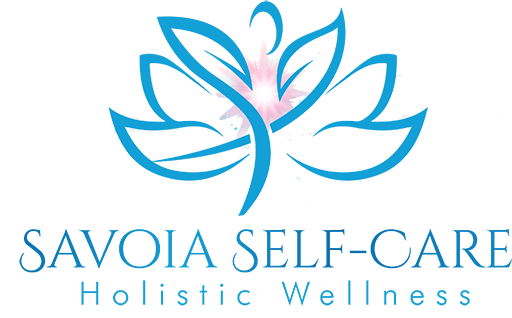YOGIC Breathing
Hello beautiful Self-Care Goddesses,
Have you tried Cold Water For Stress Relief? One of the most surprising ways to activate the parasympathetic nervous system responsible for relaxation is with cold water.Check out more details on my Instagram or Facebook.
🌸 ====== 🌸
People that practice gratitude consistently report a host of physical benefits including: stronger immune systems, less bothered by aches & pains, lower blood pressure, better sleep, and so many more.
🙏🏽 Gratitude Practice 🙏🏽
One of my most worthwhile purchases has been my. . .
🌸 ====== 🌸
What is yogic breathing and how to try it?
Breathing is a core element of yoga practice. Yogic breathing, or pranayama, refers to conscious and controlled breathing that matches the rhythm of yoga postures. There are also breathing exercises people can practice independent of movement. Pranayama is one of the eight limbs, or philosophies, of yoga. Many who practice yoga believe that the breath contains the body’s life force, or prana, and that working with it can improve health and well-being. Scientific research suggests that yogic breathing has numerous health benefits.
Various breathing techniques incorporated in yoga include:
1. Three-part breath
2. Alternate nostril breathing
3. Lion’s breath
4. Ocean’s breath
I invite you to join the monthly online New Moon Breathwork Experience. Purchase your online tickets here.
Breath is to yoga what water is to a fish: essential for movement and life force. Yet pranayama, the fourth of the Eight Limbs of Yoga, often gets short shrift on the yoga mat because it happens unconsciously. By bringing attention to the breath, you can balance the mental, physical, and subtle bodies, and open up a whole new realm of possibility and discovery in your yoga practice. Coordinating your breathing can often feel confusing, especially when you are new to yoga. If your breath isn’t syncing up, you can ask your instructor to guide you, and use those prompts as a general reminder to keep breathing as you move through postures. As a very general rule of thumb, try to exhale as you bend forward and inhale as you open the chest and expand the front body.
Check out the Self-Care Goddess Podcast “Your Circadian Rhythm: The Key To Your Health” episode #82 today.
Should I Breathe through My Nose?
YES! The nose is a natural filter for air, warming or cooling the air before it reaches your lungs and protecting you against the estimated 20 billion particles of foreign matter every day. And that’s not just on the yoga mat. John Douillard, former professional triathlete and author of Body, Mind, and Sport, has found that breathing through the nose reduced the perceived rate of exertion during exercise, and decreased activity of the parasympathetic nervous system’s “fight or flight” mechanism. Meaning when you’re jogging around the reservoir, riding your bike to the farmer’s market, or strength training, try to practice nose breathing, too, and your workout will feel less difficult and more relaxed.
If you ever want to let out a big sigh or exhale out of the mouth, always feel free to do that.
I invite you to watch my YouTube video titled “Breath of Fire: Ignite the Fire in You”
Breathing is an innate and automatic bodily process, so you’re doing it whether you’re consciously trying to or not, about 23,000 times per day. What you can do, however, is refine and deepen your breathing practice simply by paying attention to it.
Think of it in two parts: Breathe in slowly and deeply through your nose, allowing your chest and belly to expand as air fills your lungs. Then exhale slowly through your nose. Repeat. That’s the basics of breathing.
From there, you may move on to other forms of pranayama practice.
I am a certified Breathwork Facilitator. Connect With Me to know more on the amazing power of breathwork and learn some breathwork techniques than can help you better manage yourself.
References:
https://www.yogaanytime.com/show-view/27/Yoga-Show-Pranayama-Meditation

